CES 2017: The Best Of The Best
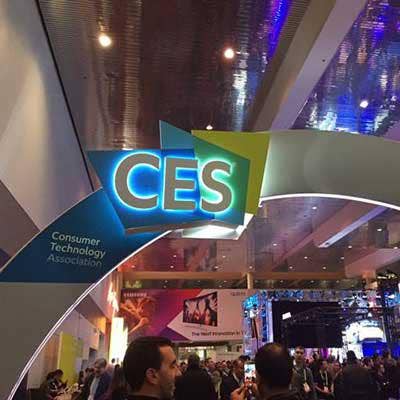
CES Craze
At CES 2017, the tech industry was stunned by the latest internet of things (IoT), mobile, and virtual reality products.
During the show this week in Las Vegas, companies showed off new virtual reality headsets that enable users to feel and pick up objects in the virtual space, personalized smart assistants to provide a vocal gateway to connected homes, and an array of smart home gadgets – all in addition to array of new smartphones, tablets and 2-in-1s.
From Lenovo's new digital assistant, to Intel's Compute Card platform, the following 20 products are CRN's picks for the best of the best products from CES 2017.
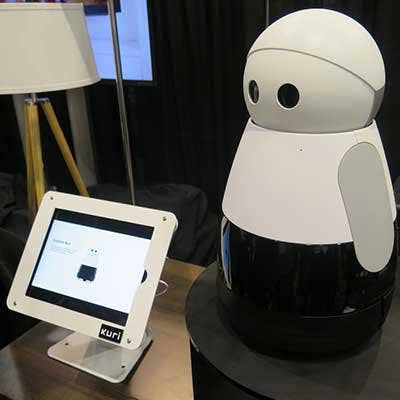
Kuri
Kuri is a new robot for the home that's part assistant, part pet – but definitely isn't aiming to bring another human-like presence into the household (like Alexa).
Kuri can be voice-controlled, but the robot communicates only in a robot language of beeps and bloops, along with through facial expressions and head movements. Kuri responds affectionately to being petted, for instance.
The robot is on wheels and can map its surroundings, and one use case is asking Kuri to investigate what's going on in another room of the house. The robot is being developed by Mayfield Robotics, a Bosch-owned startup in Redwood City, Calif. Pre-orders for Kuri are available now for $699, and the robot is expected to ship for the 2017 holiday season.
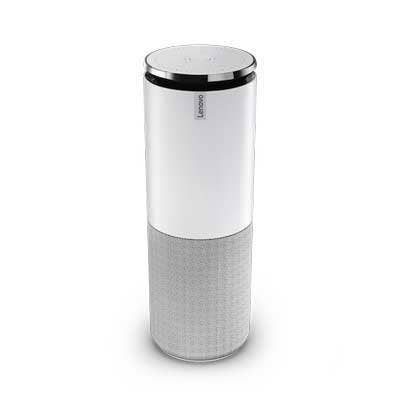
Lenovo Smart Assistant
Lenovo took the wraps off a new smart home assistant, the Smart Assistant, during this year's CES. The Chinese company worked with Amazon for the speaker, which uses Alexa for its voice command and response skills.
Similar to Google Home and Amazon Alexa speakers, users can give commands or ask questions to Lenovo's speaker. The cylinder speaker, which contains a volume on top and comes in an array of colors, is priced at $129 and will be available in May.
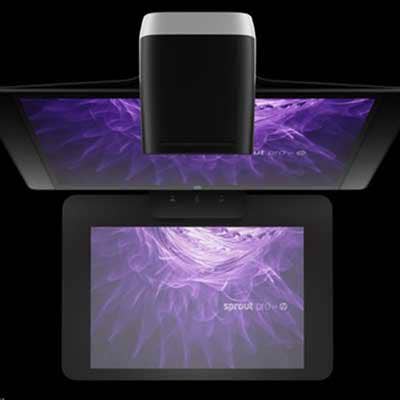
HP Sprout Pro G2
A year ago, HP launched the Sprout Pro as a new concept combining a PC with 3-D and 2-D scanning, a touch-screen mat and a projector – with end users in education and commercial in mind. At CES 2017, HP launched the Sprout Pro G2 with improvements including better 3-D scanning options (such as 360-degree scans and faster 3-D capture) and an improved stylus (the HP Active Pen). The new version also includes a 23.8-inch FHD touch-screen display, a seventh-generation Intel Core i7 processor (the quad-core i7-7700T) and Nvidia GeForce GTX 960M graphics. The HP Sprout Pro G2 will be available in March. Pricing hasn't been disclosed.
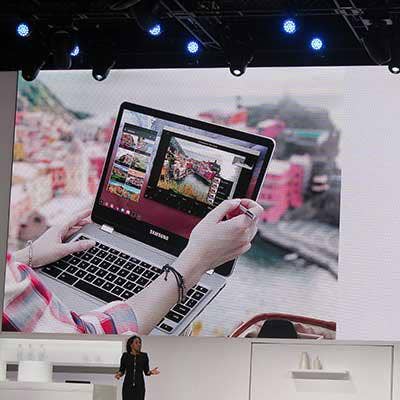
Samsung Chromebook Plus/Pro
Samsung used CES 2017 to debut its next-generation Chromebooks – the Chromebook Plus and Chromebook Pro.
The new Chromebook models are novel because they were designed, in partnership with Google, to work with Android apps from the Google Play store, in addition to supporting web browsing. Both have a 12.3-inch touchscreen LED display (QHD, 2,400 x 1,600 resolution), which can fold back 360 degrees, and the laptops come with a built-in digital pen.
The difference with the Samsung Chromebook Pro over the Chromebook Plus is processing power: the Chromebook Pro features a more powerful processor, the Intel Core m3, while the Chromebook Plus is powered by an ARM processor, the OP1, which Samsung says was designed for use in Chromebooks.
The Samsung Chromebook Plus will be available in February for a starting price of $449. Samsung said its Chromebook Pro would be available "later in the spring," and pricing hasn't been disclosed.
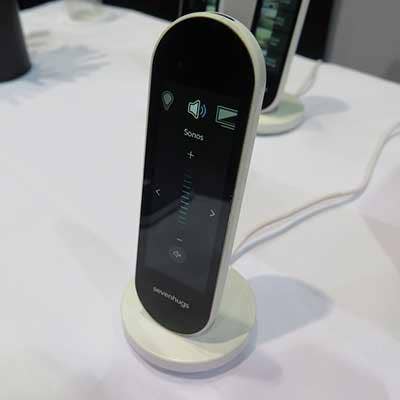
Smart Remote
The Smart Remote allows users to control all of their connected devices with a single remote, just by pointing in the direction of the device. That includes Wi-Fi, Bluetooth and infrared devices, which are mapped out using sensors placed in the home. The sensors tell the remote which device the user is pointing at, and the interface on the remote changes automatically – so that a user can adjust the volume on their music when pointing at their speakers, or change the channel when pointing at their TV. Made by San Francisco-based Sevenhugs, the Smart Remote recently completed a $1.1 million Kickstarter campaign and is now available for pre-order for $299, which pre-order device shipping in September.
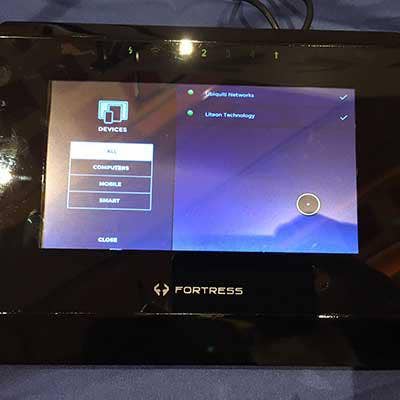
Fortress UTM
Fortress debuted its Fortress UTM device, which the company is calling "the first residential unified threat management appliance." That is, the device is aimed at making routers in the home hacker-proof and, by extension, protecting smart-home devices from outside threats. The new Fortress UTM appliance provides intrusion detection and prevention, as well as antivirus and firewall for all smart devices that are connected to Wi-Fi and Ethernet. The device also features a large touch screen for easy setup and threat detection/notification. The device is not commercially available yet, and is expected to be sold through partners, Fortress said.
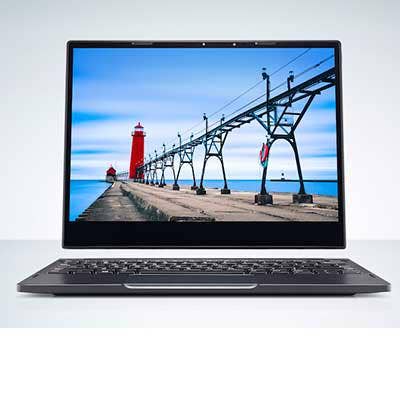
Dell Latitude 7285 2-in-1
Dell unveiled a new concept for its Latitude laptop line – wireless charging. Using magnetic resonance technology from WiTricity, the Latitude 7285 2-in-1 can charge up without the use of a power cord, in tandem with a charging mat and WiGig wireless dock. Because WiTricity's technology enables electricity to be transmitted even without direct contact with a charging mat, users will be able to charge the laptop just by setting it on their desk and situating the charging mat underneath the desk (as long as the desk isn't metal).
Dell said the Latitude 7285 2-in-1 is expected to be available in mid-2017. Pricing has not been disclosed.
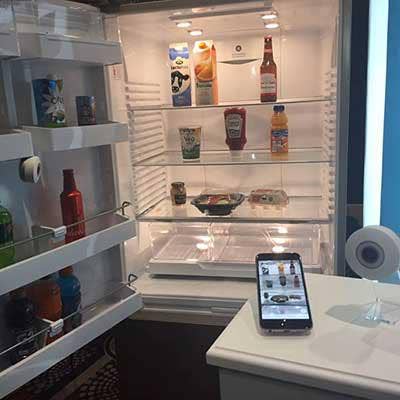
Smarter's FridgeCam
If you've gone to the grocery store and wracked your brain about what's still in the fridge, connected kitchen product manufacturer Smarter wants to help with FridgeCam.
This small camera is placed in the refrigerator and detects which items are in stock, what they are, and their expiration date through a companion app that users can check while at the store. FridgeCam offers suggestions on how you can use your groceries before they go bad, and shows any nearby grocery store locations.
FridgeCam will be available in the first quarter of 2017 for $149.99, according to a representative.
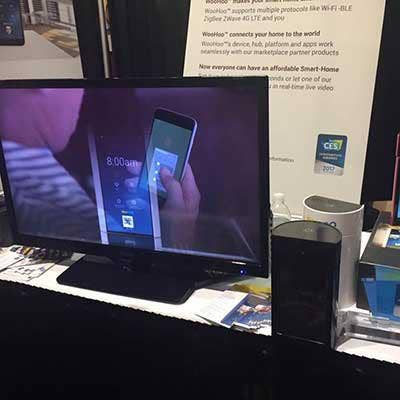
WooHoo Smart Assistant
WooHoo, which is the "world's first AI-embedded, interactive, and affordable smart home hub that enables comprehensive control of every smart device," wants to be the next Amazon Alexa or Google Home.
This smart assistant takes its role as a smart hub a step further with an embedded 7-inch touchscreen hub that comes with facial and voice recognition – so it only reacts to the approved voices from a specific person or group of people.
WooHoo also has a 360-degree HD camera, as well as a spatial surround sound system and compatibility with connected devices like Echo and Nest. The Hub also features a natural language processing capability – so you can talk to it using everyday language.
WooHoo is currently on Kickstarter, and the product will be shipped in the middle of the summer.
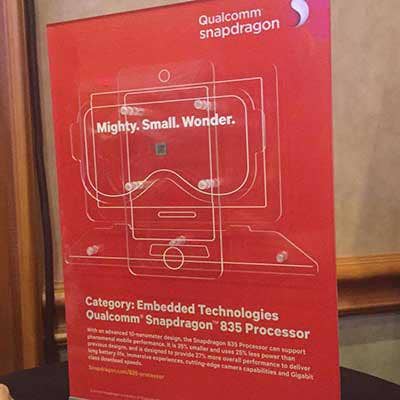
Qualcomm Snapdragon 835
Qualcomm's newest processor in its Snapdragon line, unveiled on Tuesday, is targeted for virtual reality experiences and runs on the next-generation 10-nanometer technology.
Qualcomm says that its newest chip, which succeeds the Snapdragon 820, launched at last year's CES, has made vast improvements, most notably in battery life and virtual reality capabilities.
On the virtual reality side, the Snapdragon 835 features faster 3D graphics and 60 times more colors. While the Snapdragon 820 has powered smartphones that support virtual reality, Kressin said the Snapdragon 835 will appear in next-generation virtual reality headsets.
The Snapdragon 835 is currently in production, and the first devices based on the processor will be shipping in the first half of 2017.
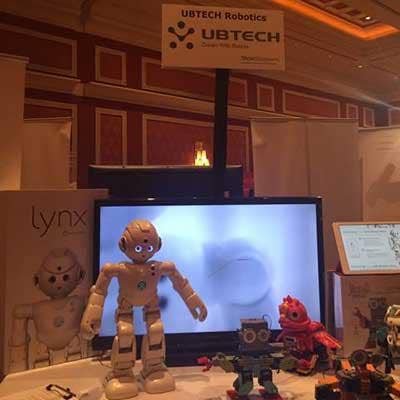
Amazon Alexa-Powered Products
One guarantee from what we observed at CES 2017: You're going to be hearing a lot more from Alexa this year.
Amazon doesn't just want the voice-controlled assistant to power the Echo line of speakers but instead is enabling Alexa to be included in all sorts of connected devices that have been announced so far at CES. Among them are the LG Smart InstaView Refrigerator, the LG Hub Robot, the C by GE Lamp and Dish's Hopper DVR.
Meanwhile, CES announcements revealed that Alexa is being integrated into smart speakers, robots and personal assistants that aren't made by Amazon – including UBtech's dancing robot (pictured) and the Omaker WoW speaker.
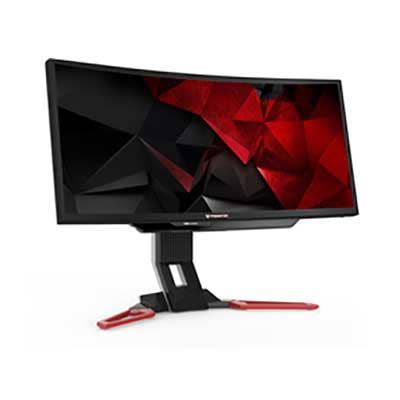
Acer Predator Z301CT
Acer took the wraps off its newest Predator gaming display, the Z301CT, on Tuesday. This display touts two cool features – a curved monitor for gamers and built-in Tobii eye tracking.
The eye tracking feature, which according to Acer is supported in over 45 games, will enable game graphics to adjust based on where the player looks.
The 2560 x 1080 pixel display features Nvidia G-Sync – new display technology that minimizes input lag – as well as two 3-watt speakers with DTS sound. The Z301CT will be available in February starting at $899.99.
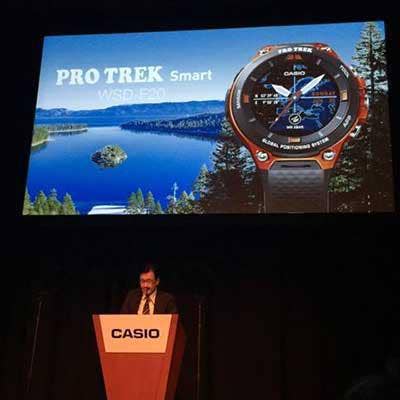
Casio WSD-F20 Smartwatch
Casio typically uses the CES show floor to unveil its newest rugged smartwatch, and this year was no exception.
The company revealed its newest rugged watch, the Casio WSD-F20, on Wednesday. This smartwatch comes with Android Wear 2.0 and a range of built-in activity trackers. Like many of Casio's smartwatches, it is also built for outdoor enthusiasts with a MIL-STD-801G rating for protection and waterproof capabilities of up to 50 meters; this gadget can survive both rocks and rain.
The WSD-F20 also contains a low-power GPS sensor, as well as support for color maps, and can operate both online and offline. Casio's new watch will go on sale in April.
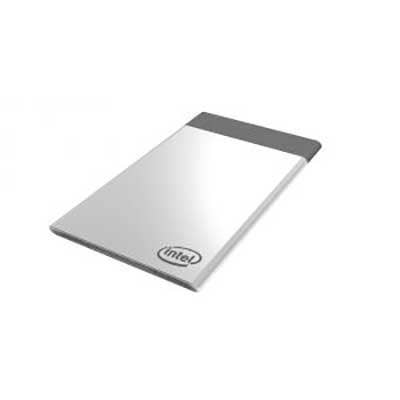
Intel Compute Card
Intel is squeezing compute and connectivity power into a small, credit-card sized product called Compute Card.
The compute platform aims to "transform the way compute and connectivity can be integrated and used in future devices."
Intel's Compute Card features an Intel SoC, memory, storage and wireless connectivity for hardware partners to optimize their IoT solutions – from connected cameras to smart kiosks.
Intel said its Compute Card will be available in mid-2017, and will also feature its new seventh-generation Intel Core processors.
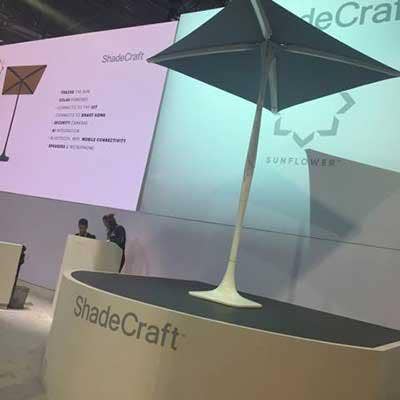
ShadeCraft's Sunflower
Smart home gadgets riddled the show floor at CES, but one new connected device towered over the rest – Sunflower, a "smart" patio shade.
Los Angeles-based ShadeCraft's solar powered smart patio umbrella can do a lot more than keep the sun out of your eyes. This umbrella comes with integrated security cameras, Bluetooth-enabled speakers, a microphone, and lights – all of which operate wirelessly and are solar powered.
Sunflower also contains built-in sensors monitoring UV levels, humidity, temperature and air quality – so the umbrella knows when to automatically retract itself or reposition as the sun shifts throughout the day. At this point, Sunflower is only in the prototype stage, but the umbrella will hit the market in 2018.
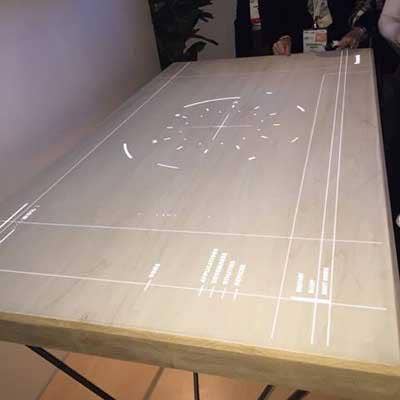
Panasonic Smart Table
Panasonic's Smart Table is a lot more than a surface – users can check their emails and phone calls, video call others, and more, all while sitting at their kitchen table.
This interactive wooden table enables users to view content on its surface, and heats or cools drinks or food. The table features integrated wireless device charging and synching capabilities and multiple infrared range sensors and cameras – all backed by a proprietary operating system. Panasonic's Smart Table is still in the prototype stage.
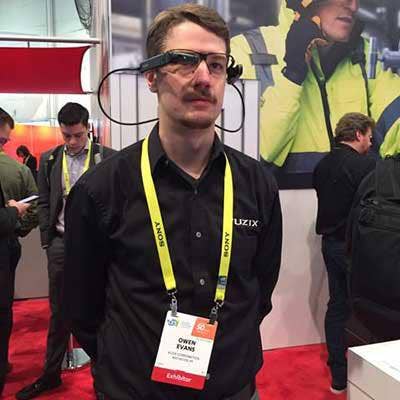
M3000 Smart Glasses
Google Glass may have failed – but augmented reality startup Vuzix wants to revive the idea of display technology on glasses with its M3000 model.
These smart glasses feature advanced waveguide optics, giving users hands-free mobile computing capabilities. The Android-based M3000 is ergonomically designed and rugged, and includes an Intel Atom processor, built-in memory and camera recording features.
Unlike Google Glass, however, the M3000 is not for consumers, but for commercial, professional and prosumer users. Employees in the industrial, medical and manufacturing markets can use the smart glasses to check information, collect data and improve existing workflows. The M3000 smart glasses will hit the market in summer 2017.
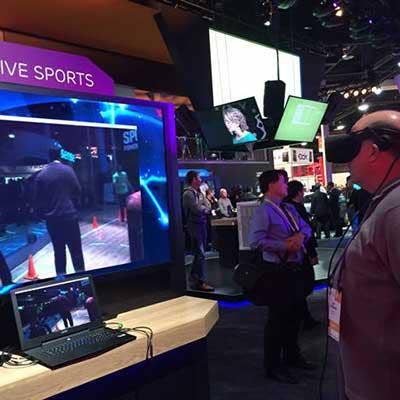
Ericsson 5G Immersive Sports
Ericsson and Intel teamed up at CES to demo how 5G can change the game – literally.
Using Intel's RealSense technology and the company's compute power inside an Oculus headset, as well as Ericsson 5G technology, the two companies gave virtual reality users a front-row seat at a live basketball arena in another part of the show hall.
Ericsson touted its 5G capabilities as enabling higher bandwidth, lower latency, greater density, increased security, and cellular for IoT technologies.
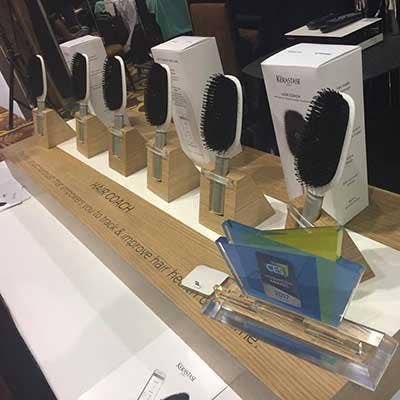
Hair Coach
L'Oreal is jumping into the technology space with a connected beauty product – a smart hairbrush, the Kerastase Hair Coach.
The Hair Coach is a brush equipped with sensors and technology powered by Nokia-owned Withings to measure the quality of hair and effects of different hair routines.
This special brush features a microphone to identify patterns in brushing, as well as an accelerometer and gyroscope. Users can look at a companion app to tell how often their hair is being brushed – and whether it has been brushed too much. Hair Coach will be available in the fall.
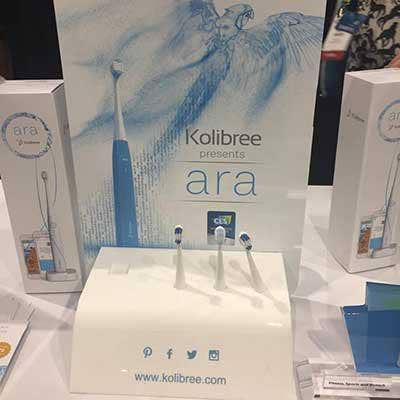
Kolibree Ara Smart Toothbrush
CES-goers saw the first toothbrush with artificial intelligence this year: Ara the Kolibree Smart Toothbrush.
Dental product manufacturer Kolibree said that its smart toothbrush collects data about its user's brushing habits, even when it is not connected to its corresponding app. Ara provides users with feedback about their brushing techniques based on integrated artificial intelligence technology. When the toothbrush is not connected to its companion app, it continues to store and collect data – an ability that Kolibree claims is an industry first. Ara will be available for pre-order at the end of February 2017 and will be priced at $129.